Explore the Best AI Image Gallery
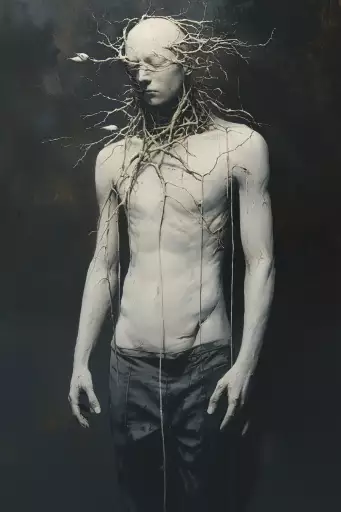
Pixels on the Skin: Exploring AI-Generated Images in Art
The intersection of artificial intelligence (AI) and art has become a captivating space, igniting both excitement and debate. At the forefront of this revolution are AI-generated images, creations birthed from complex algorithms trained on vast datasets of existing artwork. This technology is transforming the creative landscape, offering unprecedented possibilities while raising profound questions about authorship, originality, and the very definition of art.
A New Creative Frontier
AI-powered image generation tools like DALL-E 2, Stable Diffusion, and Midjourney have democratized artistic creation. With a few prompts, users can conjure stunning visuals, ranging from photorealistic landscapes to abstract expressions. This accessibility empowers individuals without formal artistic training to explore their creative potential and generate unique artwork.
The applications of AI-generated images extend far beyond personal expression. In the realm of design, these tools can assist in prototyping concepts, generating marketing materials, and even creating custom fashion designs. The entertainment industry is also leveraging AI for concept art, special effects, and game development, accelerating creative workflows and pushing artistic boundaries.
The Ethical Considerations
While the potential benefits are undeniable, the rise of AI-generated images raises crucial ethical considerations. One primary concern revolves around copyright and intellectual property. Who owns the rights to AI-generated artwork? Is it the creator of the prompt, the developer of the AI tool, or the AI itself?
Another pressing issue is the potential for misuse. Deepfakes, AI-generated images that convincingly depict real individuals in fabricated scenarios, can be used for malicious purposes such as spreading disinformation or damaging reputations. Its crucial to develop safeguards and ethical guidelines to prevent the exploitation of this technology.
Furthermore, there are concerns about the impact on human artists. Will AI replace human creativity, leading to job displacement? While its unlikely that AI will completely supplant human artists, its essential to acknowledge the potential for disruption and ensure that creative professionals have access to the resources and training needed to thrive in this evolving landscape.
Shaping the Future of Art
The future of art is undoubtedly intertwined with AI. As technology advances, we can expect even more sophisticated and versatile AI-powered tools. This will likely lead to new artistic styles, collaborations between humans and machines, and a blurring of the lines between reality and virtuality.
Its crucial for artists, policymakers, and the public to engage in ongoing dialogue about the ethical, social, and economic implications of AI-generated images. By fostering responsible innovation and prioritizing human values, we can harness the transformative power of AI while preserving the essence of creativity and artistic expression.
Conclusion
AI-generated images are reshaping the creative landscape, offering both exciting possibilities and complex challenges. While the technology holds immense potential for innovation and expression, its essential to navigate its ethical implications thoughtfully. By embracing a collaborative approach and prioritizing human values, we can ensure that AI empowers creativity and enriches our world.
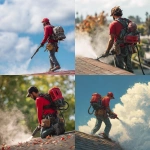
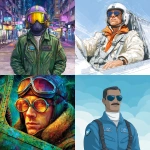
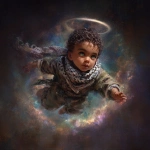
](https://images.ai-img.art/thumbnails/150/4a4f2a16da94ebadad64aeb3b0fb4e64d426431f1d651cc4929142c728fe85b7.webp)
](https://images.ai-img.art/thumbnails/150/336026613fd234b8d6908fe18ecc09b2b2ecf7b8dfe294742041c9862dc499c1.webp)
](https://images.ai-img.art/thumbnails/150/b90a5f332cb5d8f02116934e13abd20233e0eeb2368274dbdffaa2e281e4dff5.webp)
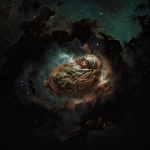
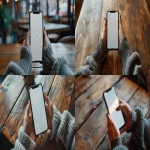
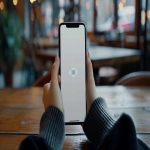

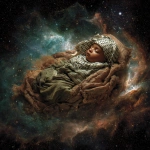
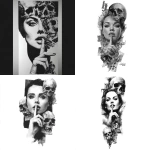
](https://images.ai-img.art/thumbnails/150/85464d88f1d4314cd042a02a6f41440fc3b4343db529794cbe8e6836fdadf409.webp)
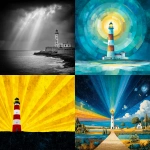
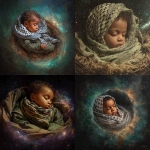
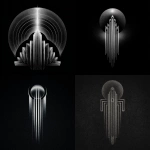


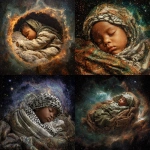


](https://images.ai-img.art/thumbnails/150/24610c8978ce6b4f1ced8639b434482871adb07e38af8b90cd535f2533bf18cc.webp)

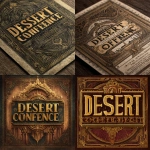
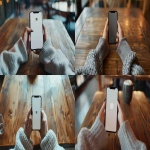
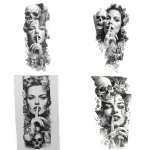
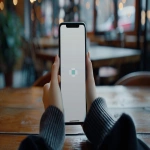


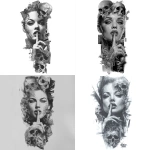

](https://images.ai-img.art/thumbnails/150/d29fcfc8037938184a641f7980e1102e24a6e82088bc465886d26ffe5bb006c7.webp)
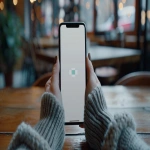


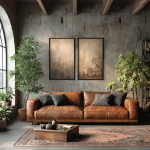



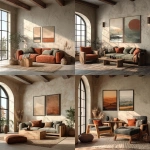



](https://images.ai-img.art/thumbnails/150/9127f72c6be19d533c26ac476f4d216cd89a6a2d7c351333489a3eff30c3ec5a.webp)
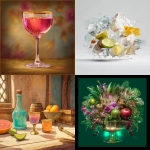
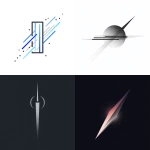
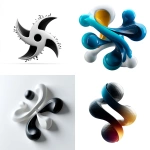

](https://images.ai-img.art/thumbnails/150/37f115f2fa75765b87e6d3e2c9f1b0a80a6a46efa8b864a05278c7fc0a0a62e7.webp)
